Whenever I see social media posts by trophy hunters gleefully posing with the animals they’ve killed, I have a feeling of deep loss, for the individual animals slain, for those animals’ families and social networks, and for our planet. And I also feel a deep outrage, because to me those images stand out starkly and bizarrely against a reality in which most people worldwide feel trophy hunting is a vestige of a shameful past happening right here and now.
For these and other reasons, I was heartened to learn last week from Humane Society International colleagues in Europe that Belgium’s Council of Ministers had approved a proposed ban on the import of hunting trophies from endangered species. The council’s action came in response to the Belgian Parliament’s March 2022 vote in support of a resolution to end trophy imports of animal species including the hippopotamus, Southern white rhinoceros, African savannah elephant, lion, polar bear and argali sheep.
Now the proposed ban goes to Belgium’s Council of State for legal review, and after that it will be voted on by the Parliament, the very body that unanimously supported the identical resolution in 2022.
This just outcome is the result of hard campaigning by HSI and other groups, and the sincere engagement of key Belgian officials. Before long, Belgium will join Finland, France and the Netherlands as nations that have implemented bans and restrictions on the importation of hunting trophies by trophy hunters who want to send the heads, skins and other parts of rare animals they’ve killed back to their homes to be used as decorations.
Belgium is Europe’s 13th largest hunting trophy importer of internationally protected species, but it is part of the European Union, which—after the United States—is the second largest import market for trophies in the world.
Between 2014 and 2018, trophy hunters imported into the EU nearly 15,000 hunting trophies from 73 different mammalian species listed by CITES, the Convention on International Trade in Endangered Species. An average of 2.982 trophies per year—ears, feet, horns, claws, bones, tails, skins and skulls—were imported into the EU during that time. The top 10 coveted species were Hartmann’s mountain zebra, Chacma baboon, American black bear, brown bear, African elephant, African lion, African leopard, hippopotamus, caracal and red lechwe.
A 2020 survey by Ipsos showed that 91% of Belgians oppose trophy hunting while 88% support a prohibition on importation of hunting trophies of any kind.
Belgian trophy hunters brought home 308 trophies in the period 2014-2018, just 2% of the total imports by the EU. But its stance is a powerful one at this time, and it strengthens the case for an EU-wide ban on the import of hunting trophies from endangered and protected species, an action consistent with the opinions of a majority of citizens across the EU’s member states.
I’m enormously proud of my colleagues who worked so hard to make this breakthrough possible, because reducing the flow of imports to the EU, UK and the U.S. is a major priority for our family of organizations. The investigations we’ve carried out at Safari Club International’s annual meetings and at other trophy hunting events have revealed the craven nature of this pastime. What’s happening in Belgium shows that our public policy work is gaining momentum, building on the greater public awareness our campaigns have created and leveraging increased public disapproval of trophy hunting worldwide.
One thing recent policy debate on trophy hunting has underscored for me is that we’ve got to seal the deal on the superior economic and ecological benefits of responsible ecotourism and other sustainable development opportunities that do not involve killing animals. We need greater investments in activities that promote and encourage peaceful coexistence between humans and wildlife within the range nations that are home to these remarkable animals, and we need governments throughout the world to fund protected areas through development aid and other programs. That’s how we’re going to turn the tide for imperiled species.
The “pay-to-slay” hunting of endangered wildlife for fun or home decor is not just vulgar and tasteless. Trophy hunting is an existential threat to wild animals whose survival depends entirely on a deeper human mercy and insight. The whim of a dwindling minority of trophy hunters cannot justify it, and we’ve got to get more nations to act urgently to prohibit the importation of hunted trophy parts from animals if these species are to have any chance of survival.
This article by Kitty Block was first published by A Humane World on 19 July 2023. Lead Image: A proposed ban to end trophy imports of imperiled animal species including the African savannah elephant is headed to Belgium’s Council of State for legal review, and after that it will be voted on by the Parliament, the very body that unanimously supported the identical resolution in 2022. 1001slide/ iStock.com.
What you can do
Support ‘Fighting for Wildlife’ by donating as little as $1 – It only takes a minute. Thank you.
Fighting for Wildlife supports approved wildlife conservation organizations, which spend at least 80 percent of the money they raise on actual fieldwork, rather than administration and fundraising. When making a donation you can designate for which type of initiative it should be used – wildlife, oceans, forests or climate.

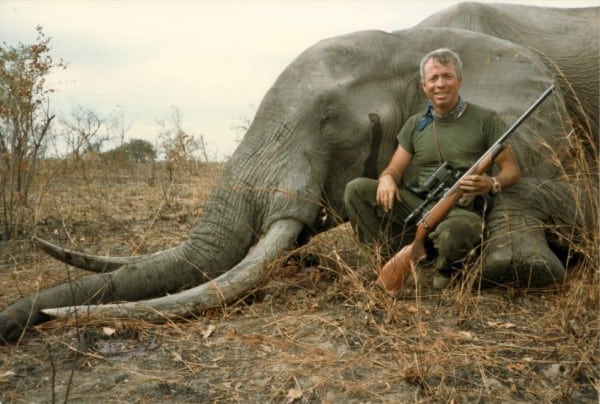
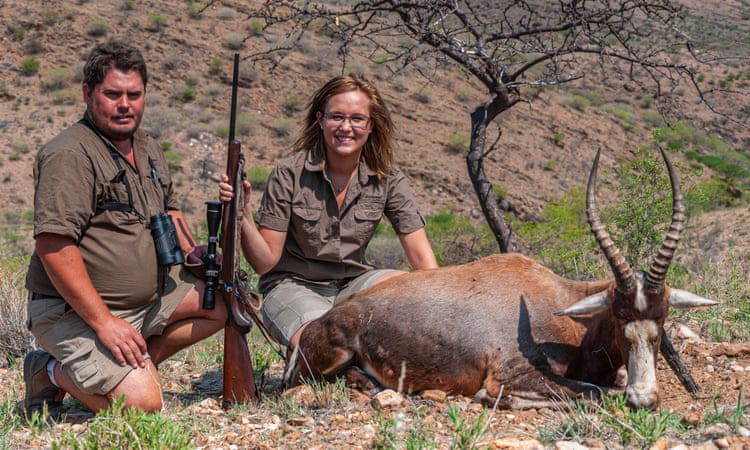
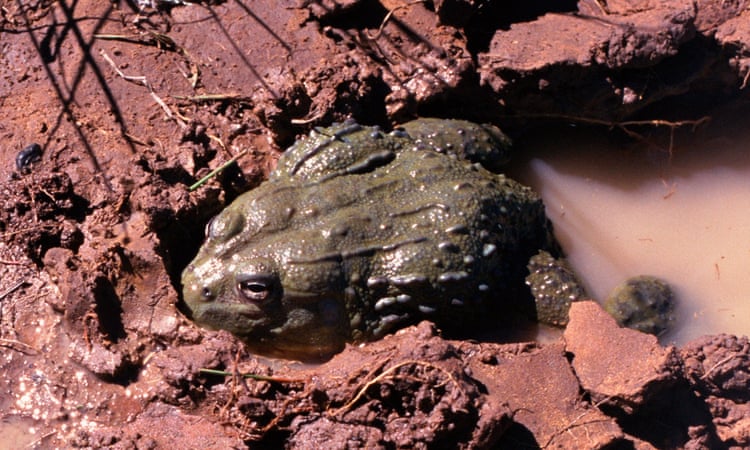
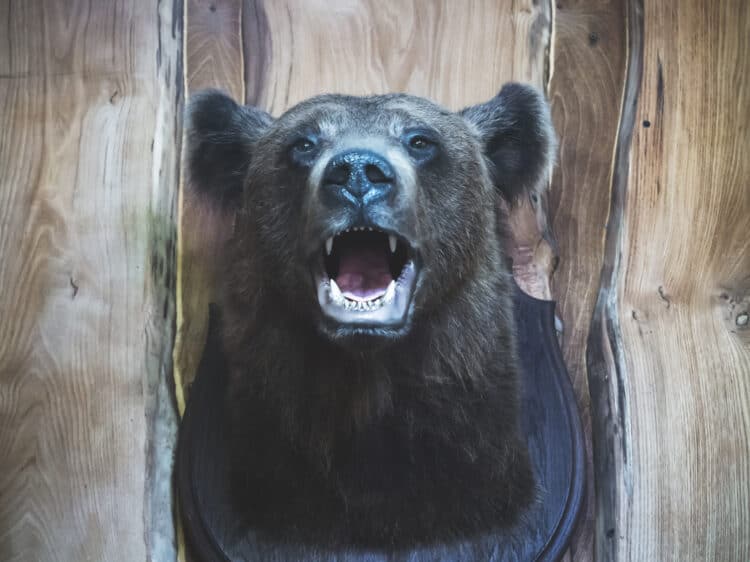

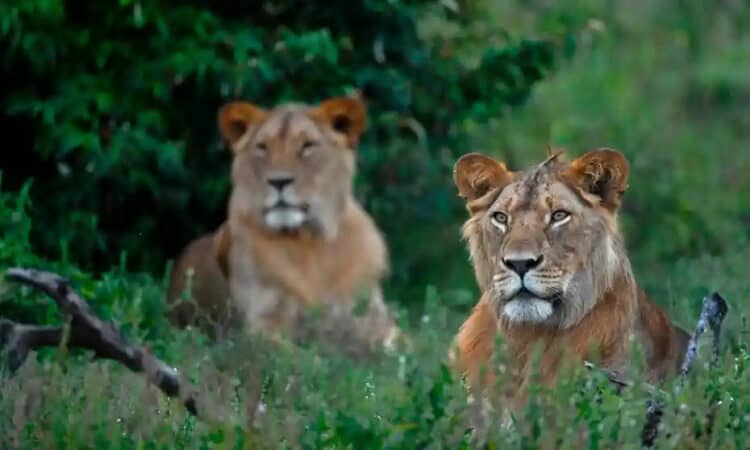
Leave a Reply